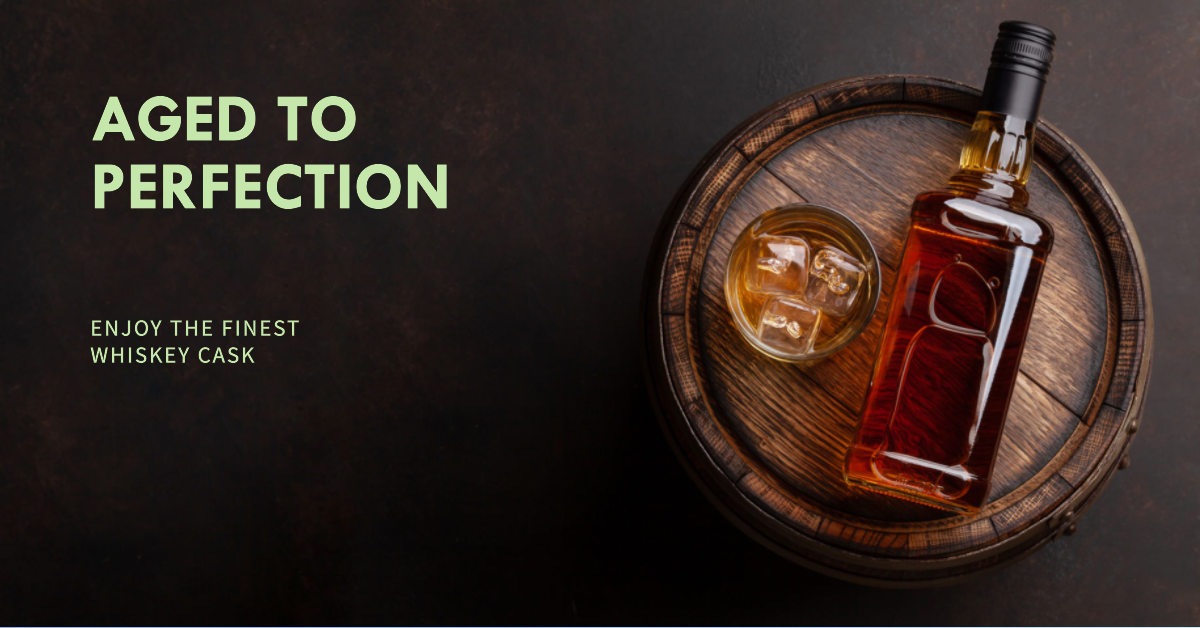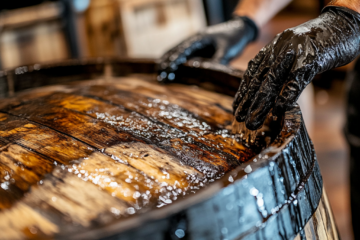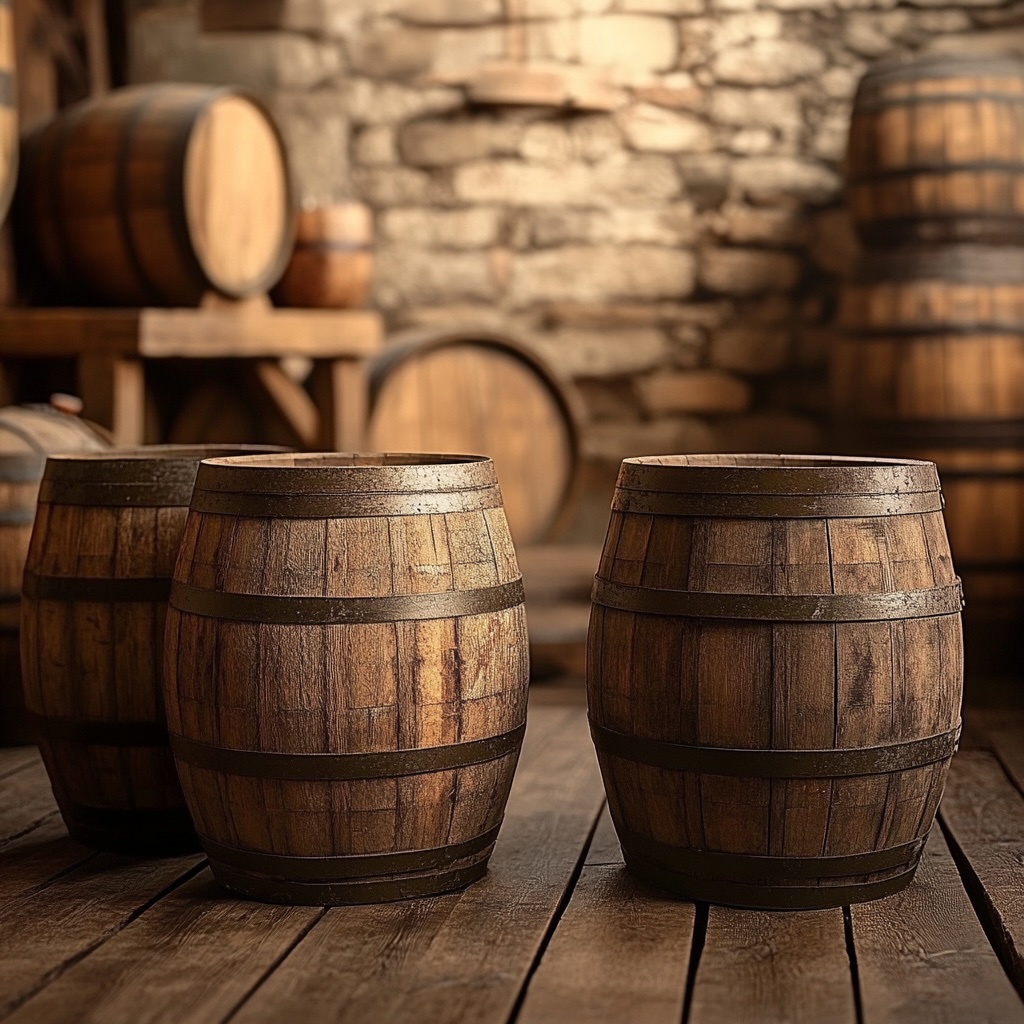Whiskey, one of the most popular spirits in the world, owes much of its unique flavor and character to the barrels in which it is aged. Barrels for whiskey are a crucial part of the whiskey-making process, and they have been used for centuries to impart flavor, color, and texture to this beloved spirit.
The barrels used to age whiskey are typically made of oak, which is a hardwood that is prized for its durability, density, and unique flavor profile. Oak wood barrels are chosen for whiskey because they provide the ideal environment for aging the spirit, allowing it to interact with the wood and absorb its flavors and aromas over time.
The process of making barrels for whiskey is an art in itself. The wood must be carefully selected and aged, and the staves (the long, narrow pieces of wood that form the sides of the barrel) must be carefully shaped and fitted together to form a tight, leak-proof seal. The barrels are then charred on the inside, which helps to bring out the unique flavors and aromas of the wood.
How is whiskey aging happening?
Once the barrels are ready, they are filled with new make spirit, which is essentially unaged whiskey. Over time, the whiskey interacts with the wood of the barrel, absorbing the flavors and aromas that it contains. The length of time that whiskey is aged in barrels can vary depending on a number of factors, including the type of whiskey being made, the climate and conditions in which the barrels are stored, and the preferences of the distiller.
As the whiskey ages in the barrel, it takes on a rich, amber color and develops a complex flavor profile that is unique to each batch. The flavors and aromas that are imparted by the barrel can include notes of vanilla, caramel, oak, and even hints of smoke or spice, depending on the type of wood and the level of charring used.
One of the key factors that can influence the flavor of whiskey is the type of oak that is used to make the barrel. American white oak is a popular choice for whiskey barrels, as it imparts a sweet, vanilla-like flavor to the spirit. European oak, on the other hand, tends to produce a spicier, more complex flavor profile.
In addition to the type of oak used, the size of the barrel can also have an impact on the final flavor of the whiskey. Smaller barrels can age the spirit more quickly, allowing for a more intense flavor profile, while larger barrels may produce a more mellow, well-rounded flavor.
Overall, barrels for whiskey are an essential component of the whiskey-making process, helping to shape the character and flavor of this beloved spirit. From the careful selection of the wood to the charring of the barrel and the aging of the spirit, every step in the process of making whiskey barrels is crucial to producing a high-quality, flavorful whiskey that is enjoyed by millions of people around the world.




